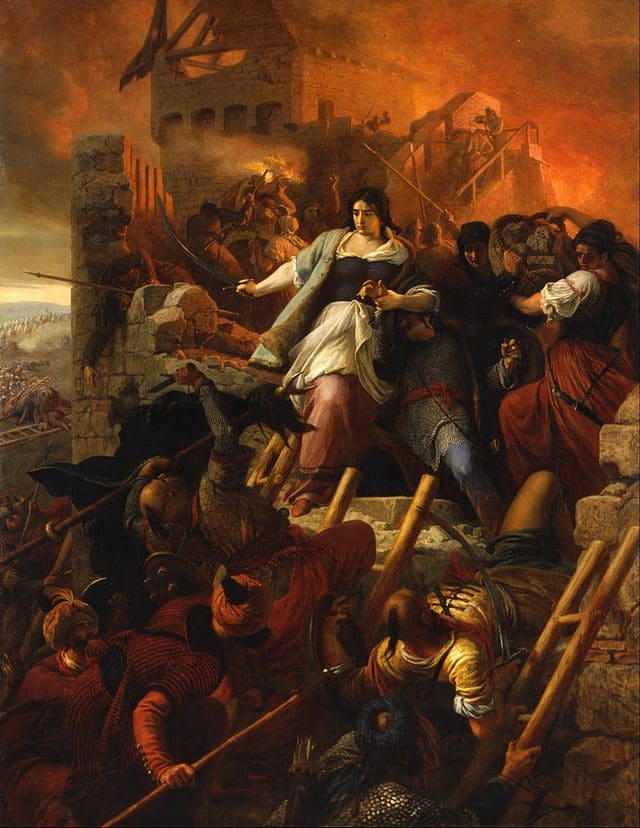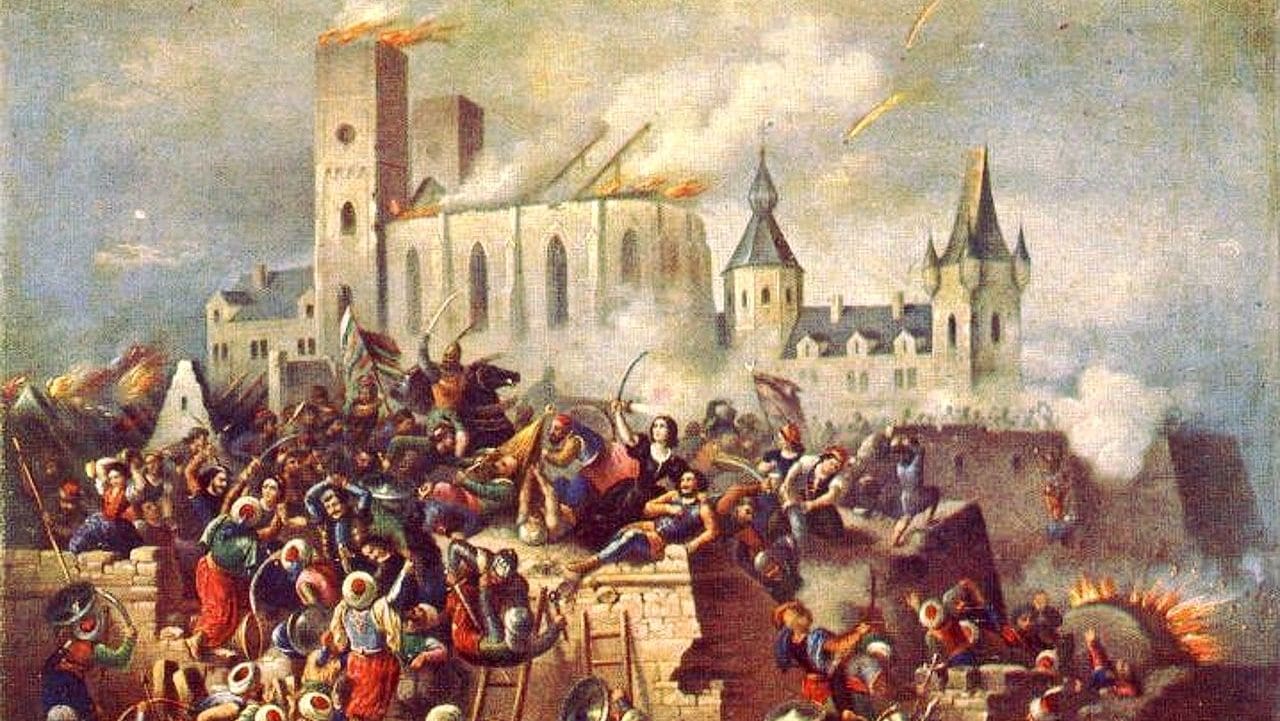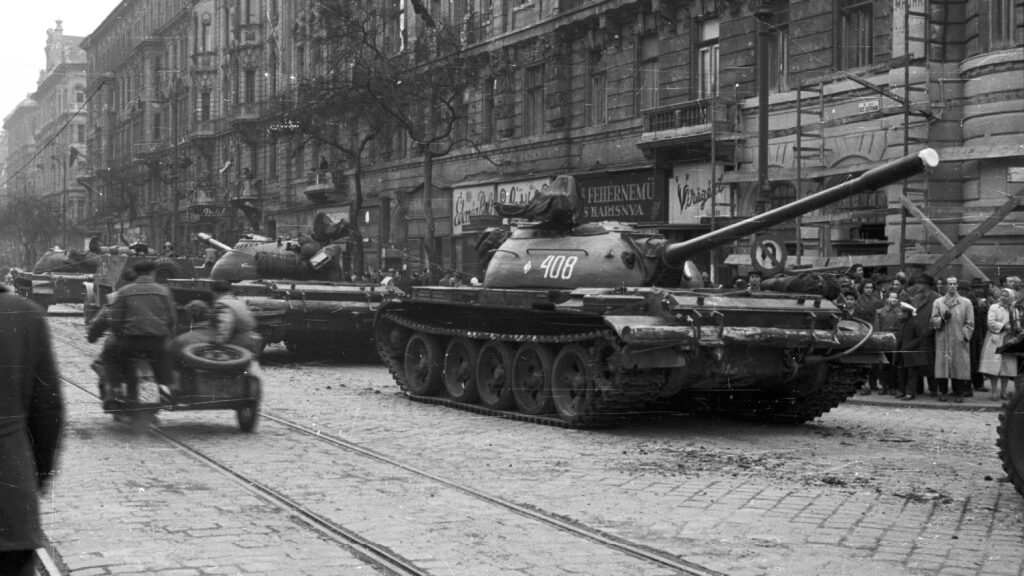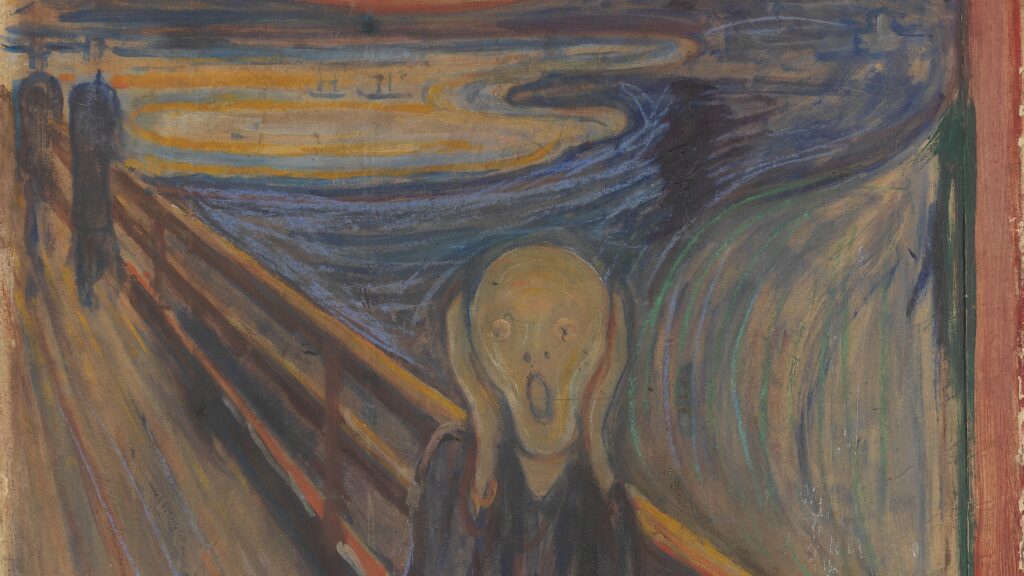‘For those who worry about their own skin more than about the fate of the nation, the door is still open. I need men. Better a few lions than many rabbits. Let him who trembles at the storm’s approach leave the hall before I speak further, for we must swear an oath to defend the castle so that if any man breaks it, he shall not stand before the eternal God after his death.’[1]
– István Dobó, Captain of the Eger Castle; excerpt from the Eclipse of the Crescent Moon by Géza Gárdonyi.
At the Battle of Mohács in 1526, the Turks were victorious over the Hungarian armies. In that tragic battle, many Hungarian lords and King Louis II of Hungary were also killed. In addition, the fall of the medieval Hungarian state led to the country’s partition into several parts.
After the battle, the Ottoman forces soon marched on the defenceless Buda, then left the country as autumn approached. Some of the nobility and the lords elected John Szapolyai as King of Hungary, while those who supported the dowager Queen and the other half of the lords rather put Ferdinand of the Habsburg dynasty on the throne.
An armed struggle broke out between the two Kings,
with Szapolyai seeking allies against the rival Habsburgs. He sent envoys to Sultan Suleiman, and in 1528, he offered the country up as a vassal in exchange for Turkish support. The Turks, seeing an opportunity in this gesture, marched on Vienna in 1529. Although their attempt failed there, the Sultan managed to retake Buda and handed it over to Szapolyai.
In the following years, the balance of power between the two Kings changed little, and as it became increasingly clear to both of them that this would make the Kingdom of Hungary a conflict zone between the two great powers, they finally signed a peace treaty at Várad (today’s Oradea, Romania) in 1538. Under the treaty, following the death of Szapolyai, the eastern part of the Kingdom of Hungary would have fallen into the hands of Ferdinand. Thus two parts of the country, which had been divided into three parts, would have seemed to be reunited again. This ‘reckless’ act of Szapolyai can be explained by the fact that he had no heir at the time—however, that all changed in 1540, when the Polish King’s daughter Isabella Jagiellon gave birth to his son. On his deathbed, John I learned of the good news and swore to his followers that the infant John Sigismund would be given the land he had held.
Among the sworn guardians, the most influential was Archbishop of Esztergom George Martinuzzi, or Frater Georgius, who, following the policy of Szapolyai, asked the Turks for help when Ferdinand sent an army to take Buda. The Habsburg attempt to seize the castle failed; the Sultan conquered the capital of the country in a gambit, recognized the infant King John II as his vassal, and gave him the parts of the country east of the River Tisza. As governor of the ‘Eastern Kingdom of Hungary’, Martinuzzi sought to unite the Christian parts of the country. However, his shuttle policy (e.g. while corresponding with Vienna, he regularly sent the annual tax to Constantinople) soon became obvious to the Turks as well—thus, the Ottomans began to expand the territories they had acquired from the Kingdom of Hungary. During 1543 and 1544, they occupied the forts of Székesfehérvár, Pécs, Esztergom, and Visegrád. Suleiman knew that if he wanted to ensure that the parts of the Kingdom of Hungary that the Habsburgs held and the eastern half of the country (Transylvania) would not unite, he would have to conquer parts of Upper Hungary in order to physically separate these two large territorial units.
Motivated by this thought, the united Ottoman troops, led by Sarhoş Ahmed Pasha and Ali Pasha, arrived in 1552 at the castle of Eger, the ‘gate of Upper Hungary’.
Eger was a fortress that guarded all the castles of Northern Hungary.
Its fall would have meant not only that the Ottomans would have gained ore deposits, but also—given that neither Kassa (today’s Košice, Slovakia) nor the nearby mining towns were prepared for a potential Ottoman attack—that, after the capture of the bishopric of Heves, the Sultan could have taken the whole of Upper Hungary. The Captain of the castle, István Dobó, was aware of the importance of defending the fortress: weeks before the Turks arrived, he wrote a letter to Vienna asking for help and gathered the fleeing inhabitants of the area behind the castle walls, so he had more than 2,000 men.
Since no substantial help was received, the Pashas launching the siege on 9 September had a good reason to send an order to surrender to the castle defenders. The Turks waited seven days for a reply, but on 16 September, they started to lay siege to the castle for two weeks. Dobó and his men defended the fortress heroically. As October approached, the attackers had to expect more and more frost, but their repeated attacks kept failing.

Commander and national hero Gergely Bornemissza’s bombs, the women pouring hot water and pitch from the walls, and the Hungarian soldiers battling desperately are not only mentioned in Hungarian writer Géza Gárdonyi’s famous novel, Eclipse of the Crescent Moon, but their heroic deeds were also sung by 16th-century Hungarian bard Sebestyén Tinódi Lantos and painted by Hungarian history painter Bertalan Székely.
After the umpteenth attack on 13 October failed again, discontent and apathy prevailed in the Turkish camp: thus, on 17 October, the Pashas abandoned the siege and retreated.
For generations, the heroic deeds of the defenders of the Eger Castle have given the Hungarian people strength and fortitude. Although the area of the Ottoman occupation expanded and, in the following years, the Sultan managed to reassuringly stabilize his presence in the Carpathian Basin, our predecessors could draw strength from the example of Dobó and his troops in later years. It is no coincidence, therefore, that in 1566, the defenders of Szigetvár also dared to stand up to the Ottoman armies led by the great Sultan Suleiman…
[1] Translated by Hungarian Conservative.
Related articles:








